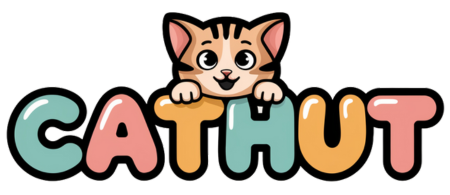Cat Facts
Thank you! 04/22/24
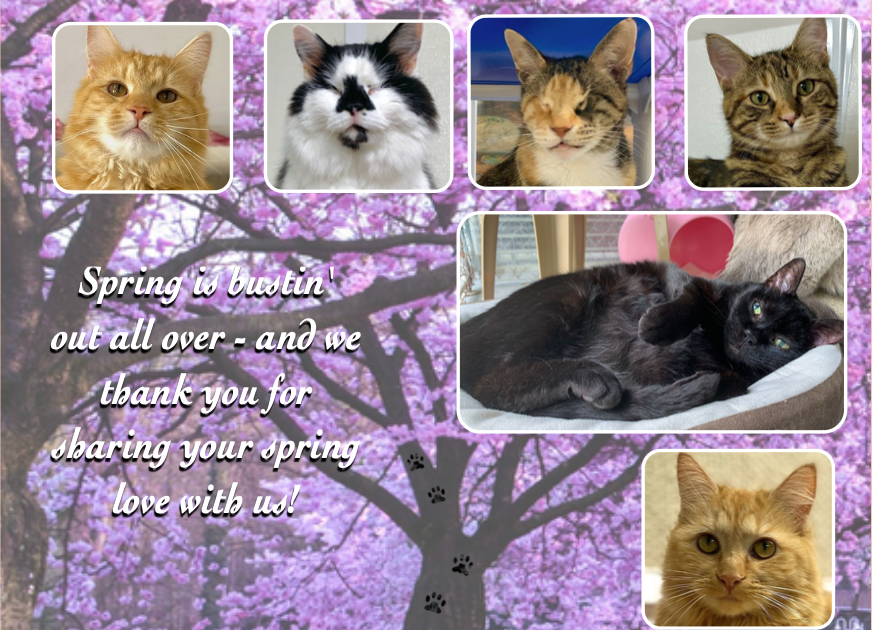
Amazon:
Tough:
Walmart: Target:
Thanks Pat G for cat’s bed!
Thanks Margaret P for the cookies and sweets for the staff!
Thanks Andrea K for wet food!
Thank you mimi l for wet food!
Thanks Justin D for garbage and wet food!
Thanks Mike or for probiotic dust!
Thanks Mary Beth G for the filters of the coal water source!
Thanks Patty P for interactive toys, wet food and garbage bags!
Thanks Jonathan B for wet food!
Thanks Theodora G for wet food!
Thanks Seth G for probiotic dust, gas drops, interactive toys and wet foods!
Thank you Margaret P for the sweets, churu, halo chicken, wet food and chewy garbage!
Thanks Ione B for Peep’s treats for the staff!
Thanks Rebecca for wet food!
Thank you Gloria P for wet food!
Thanks Daniel D for wet food!
Thanks Faith B and Gabriel the cat for wet food!
Thank you Brooke G for wet food, window hammock, sand, disinfection tablets, wrinkles, spiral toys, interactive toys, cleaning cloths, calming necks, gloves and bleach tablets!
Thanks Ione B for the hammocks of the windows!
Thanks Patricia B for wet food!
Thanks Lance N for wet food!
Thanks Nancy and Tim D for the 1 cc syringes!
Thanks Kwanita H for toys and candy!
Thanks Nancy S for Stitch’s commemorative flag!
Thanks Benjamin M for wet food!
Thanks Andrea K for wet food and garbage!
Thanks Jennifer R for the garbage bags, the 20 gy needles the 1 cc syringes!
Thanks Liz H for wet food and window hammock!
Thank you anonymous for all the garbage, wet food, sweets and 1cc syringes, chewy wet food! They did not tell us who you are so that we could thank you personally.
We are very grateful for your generosity!
Thanks Linda V for the garbage!
Thanks Patti i for the garbage!
Thanks Tudie and Roy B for the trash!
Thanks Betsy S for wet food and probiotic dust!
Thanks Nicole L for wet food!
Thanks Le’Stellar Art for wet food!
Thanks Karen P for wet food!
Thanks Danny C for wet food!
Thanks Patty P for whitish tablets, 1 cc syringes, garbage and gloves!
Thanks Karen B for homemade blankets and kittera grass toys!
Thanks Cynthia for wet food!
Thanks Jamee J for toys, wet food and 1cc syringes!
Thanks Amy G for the garbage, probiotic dust and wet food!
Thanks Kirsten for wet food!
Thanks Ione B for the hello kitty beds!
Thanks Colleen C for the trash!
Thank you anonymous for the chickn halo, the wet food and the churu sweets of Chewy!
They did not tell us who you are so that we could thank you personally.
We are very grateful for your generosity!
Thanks Joanne C for probiotics, cat toys and wet food!
Thanks Kathy F for hydrogen peroxide, Weruva cat food and elegant wet food!
Thank you Liz H for probiotic dust, Weruva and Fancy Feast Food!
Thanks Cheryl J for wet food!
Thanks Marty J for probiotic dust!
Thank you Carly W for the cleaning of the teeth, cat toy and toy of Gatera grass!
Thank you anonymous for probiotic dust and wet foods, garbage, halo chicken and Chewy Churru treats! They did not tell us who you are so that we could thank you personally.
We are very grateful for your generosity!
Thank you Sara M for the Gatera grass!
Thanks Caroline K for interactive toys!
Thanks Terri T for the garbage!
Thanks Kevin for probiotic dust and wet food!
Thank you Eleanor for the 1C syringes!
Thank you Nancy S for the bed for Luke, the wet food and Star Wars toys!
Thanks Connie C for wet food and garbage bags!
Thanks Ann H for the treats, 20 g needles, 25 g needles, gloves, wrinkles and 3cc syringes!
Thanks Philip C for wet food!
Thanks Diane for the BJ necklaces and wet food!
Thanks Patti I for food and wet toys!
Thanks Yvette B for wet food and garbage!
Thanks Carolyn B for handmade toys!
Thanks Jeff F for wet food!
Thanks Terri T for wet food and probiotic dust!
Thank you Ione B for the drum tea beds for silly!
Thanks Carol C. for garbage and wet food!
Thank you Heather G. for canned food, interactive toys and dehydrated sweets!
Thanks Janice C. for wet food!
Thanks Journey B. for probiotic dust!
Thanks Mayra B. for the cases of wet foods!
Thanks Mona M. for cat food!
Thanks Niki for the case of cat food!

Thanks Michelle B. for the cat litter box, sauce packages and 3 ml syringes!
Thanks Patti I. for the cat’s bed!
Thanks Patti W. for the 3ml syringes!
Thanks Robert N. for the syringes, wipes and disinfectants of 3cc dishes!
Thanks to Susan W. for cat garbage, interactive toys and 3 boxes of cat food!
Thank you anonymous for cat food, the chewable gift card, the printer ink for the office, 10 boxes of cats and toys! They did not tell us who you are so that we could thank you personally.
We are very grateful for your generosity!
Cat Facts
The woman went to help a small kitten of refuge, just to discover that she had a bigger sister and could not separate them
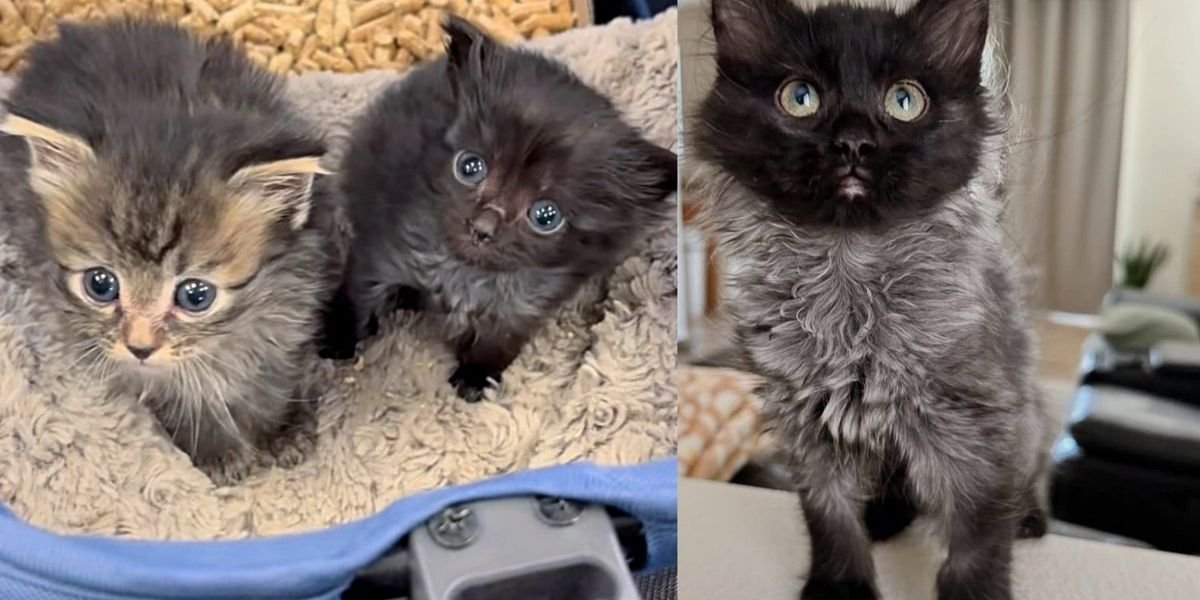
A woman went to help a small kitten of refuge, just to discover that the kitten had a bigger sister. She could not separate them.
MintNikki
When Nikki, an animal rescuer, heard about a small kitten in need in his local municipal refuge, he immediately offered to take her.
“She was on the list as a weight of only 0.33 pounds. The shelter declared that she was not eating very well, but seemed hungry,” Nikki shared with Love Meow. Then they mentioned that the kitten had a sister who, although little, was remarkably larger.
“Absolutely (I could carry it). I didn’t want to separate them.”

Once all the dirt and dirt were dragged, the kittens, Cece (black) and Jess (tied) felt much better. They snuggled comfortably in their new nursery and even began using the sand box. Cece, who had trouble eating in the shelter, quickly revealed his strong will to live.
With the small kittens, Nikki found them a solid ferret bed that was only their size. The little duo did everything together, always next to each other.

“At this time of year, shelters and bailouts throughout the country are flooded with newborn kittens without a mother. It is not the easiest to bottling/syringe to feed a newborn, but their life depends on it.”
When Cece had his first sample of wet food, he divered, covering himself from his nose to his legs. Despite being the smallest of the two, I was anxious to eat like a great kitten.

Although Cece faced some setbacks and some difficult battles, each conquered with an incredible force, thanks to the dedicated support of his adoptive mother.
“I have fought so hard for this girl since the day she entered my care only 1/3 of Libra. I have fed her with tubes and spent many nights taking care of her throughout the day to survive.”

Finally, Cece’s energy shot, and she recovered her abundant appetite. “I knew it was going well when I saw that the light in his eyes began to return, and began to eat alone.”
One day, both kittens dug into their wet food, enthusiastically sharing a bowl even though they had their own. Nikki was so happy that he made “a silent scream and a happy dance.”

“These girls are healthy and thriving, and seeing them play brings me so much joy.”
When Jess crossed the two -pound mark, Cece was close to her, updating quickly. “I was so worried that I was going to lose Cece, and she arrived. The girls bounce in the game all day and are full of energy.”

As Cece grew, his coat developed a beautiful smoked tone and became more spongy every day. The united sisters wandered the house, watching with fascination while the resident dog, Bradley, chewed his bone.
Finally, they were large enough to use the baby’s door without sliding through the slats.

But nothing could contain Cece’s great adventures. She climbed the baby’s door effortlessly like a small agile ninja. “I wondered why Jess was crying so much. I was alone in his room while Cece was wandering around the house.”
“The sisters have a really sweet bond. Although Cece is a bit more independent and adventurous, her sister Jess cries when she is not in view. She is always looking for her playmate.”

“I absolutely love people and are comfortable and affectionate babies.”
After two months in parenting care, the best friends were finally ready for a family to call yours. “Having come to me as bottle babies, it is the day I was looking forward to.”

Then, the perfect family arrived and welcomed both in their love home. “Jess and Cece are in the arms of their new parents.”
When Cece was at his lowest point, Nikki lay by his side, wishing the day she and her sister would be strong enough to be adopted. Now, “they are healthy, happy and safe girls, and I am delighted with them and their new family.”

Share this story with your friends. More about Nikki’s fosters in Instagram@myfosterkittens and Facebook.
Related history: Tiny Kitten shows the strong will of a house panther, refusing to surrender, when he is outside
Cat Facts
Is euthanasia always the answer? – The behavior of the Rita Reimers cat
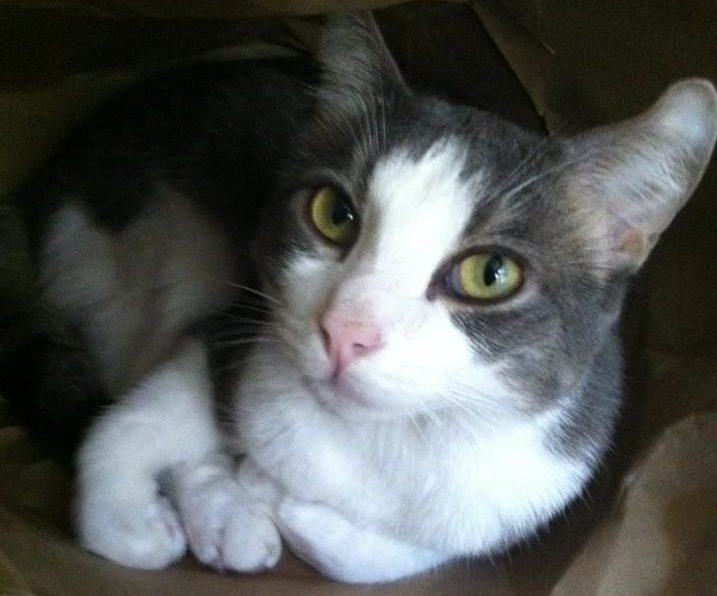
Oliver’s survival story
By Rita Reimers, multi -cat behavior expert
At some point you just have to trust your instinct and get a second opinion before taking an action that cannot be undone.
Is it time to say goodbye?
A week ago, Oliver was very sick, not eating, hidden, lethargic. My usual veterinarian was closed, so I chose another one that was about 30 minutes (closer I could find, I live in a small town).
While the people and the veterinarian’s office were very friendly. But almost $ 900 of tests later, they told me that Oliver had severe kidney damage (not unusual for his age of 15) and a high recount of white blood cells indicating cancer (It’s what they always say when they don’t know what is wrong).
That veterinarian also told me that he felt a mass in Oliver’s belly. His Bun and WBC were high, okay. But when Dr. told me to sacrifice me, I hesitated. My instinct said no, this was not the time for Oliver. Dr. sent me home with a Subq and Oral Gabapentina bag for pain, and wished me luck. That’s all! Without antibiotics, nothing.
Was the weather really?
 On Monday, I made an appointment without an appointment in the office of my usual veterinarian and I could see my favorite veterinarian there, Dr. Glenn. I received all the tests and images of the other veterinarian sent to me, and sent them to Dr. G. While we expected those who expected them, Dr. G told me that there are a number of things that can cause a high bun and WBC. He asked me to leave Oliver there for 48 hours of observation, antibiotics and intravenous fluids.
On Monday, I made an appointment without an appointment in the office of my usual veterinarian and I could see my favorite veterinarian there, Dr. Glenn. I received all the tests and images of the other veterinarian sent to me, and sent them to Dr. G. While we expected those who expected them, Dr. G told me that there are a number of things that can cause a high bun and WBC. He asked me to leave Oliver there for 48 hours of observation, antibiotics and intravenous fluids.
Dr. G and his incredible staff gave mega dose of Oliver antibiotics and also intravenous fluids. On Wednesday his survival seems gloomy, but Dr. G said we hope one more day. On Thursday I woke up with a simple Dr. G test: “Oliver is eating this morning”
After all I was going to do it!
 Oliver had folded a corner, and it would be fine! Any infection he was fighting was clarifying, and he was also advancing. They kept him another day to be sure. Veterinarian’s office staff fell in love with Oliver, and told me that his recovery was “incredible!”
Oliver had folded a corner, and it would be fine! Any infection he was fighting was clarifying, and he was also advancing. They kept him another day to be sure. Veterinarian’s office staff fell in love with Oliver, and told me that his recovery was “incredible!”
I arrived at Oliver home yesterday afternoon (Friday). His friend, Simon, was really lost without him, so it was a happy meeting.
As you can see, he is recovering and eating with a strong appetite. Ah, and by the way, there was no mass in the stomach.
If I had heard the first Dr., Oliver would have been shot down a week ago. Because I trusted my instinct and my usual veterinarian, Oliver is here at home with some antibiotics and improvement!
Always trust your instinct!
Get that second opinion if you feel that the diagnosis is not correct. Do not let yourself be pushed, intimidate or deceive doing something that cannot be undone.
Cat Facts
Understand the growing phenomenon of wild cats in cities
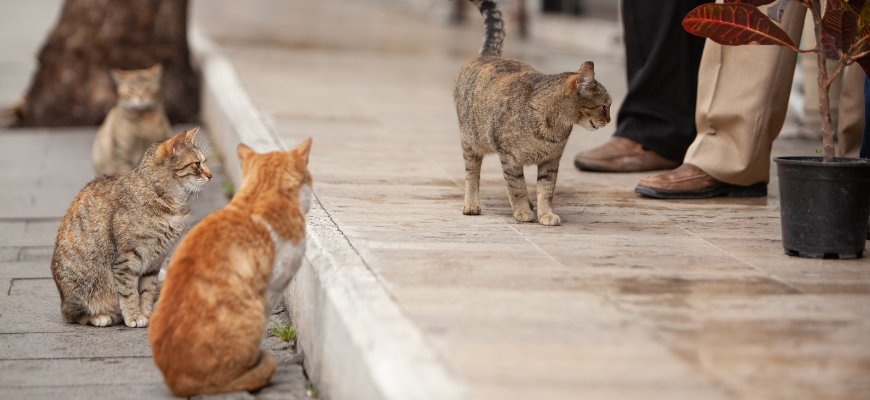
The urban landscape is changing rapidly, and a remarkable change is the growing presence of wild cats. As cities expand and increase populations, these resistant felines have found new areas to prosper.
But what is the impact of this change? While wild cats adapt well to urban environments, their increase creates several challenges. How will local authorities manage the growing population? What impact will they have on public health and local wildlife?
The presence of wild cats raises essential questions about the balance between urban development and nature. In this article, we will explore these problems, the impact of wild cats on cities and possible solutions to administer them.
The emergence of wild cats in urban areas
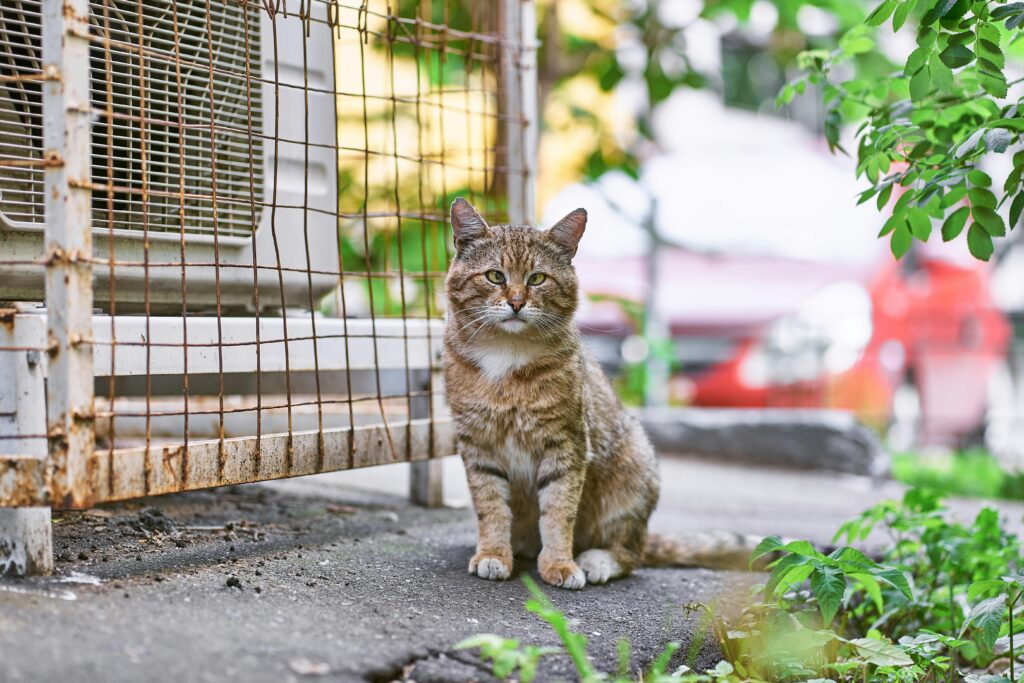
Wild cats are becoming more common in cities, although they have existed for years.
Time magazine He points out that he has between 1 and 3 million community cats, with some estimates close to 4 million. That is almost equal to the human population of the city, highlighting a growing concern. These ascent populations pose challenges for urban animal welfare efforts.
Urban areas are ideal for wild cats, since they provide many food sources, such as garbage and vermin. Unlike domesticated cats, wild cats are not socialized and prefer independence. They often form colonies in places with plenty of food, such as parks and alleys. These groups can grow rapidly, which leads to overpopulation.
As a result, many neighborhoods face challenges that handle the population of wild cats. Local governments struggle to control these numbers due to the difficulty of catching and relocating cats.
Why are certain neighborhoods more likely to the colonies of wild cats?
Neighborhoods with high density of human population and abundant waste tend to attract wild cat colonies. Bad waste management, overflowing garbage containers and unusual food sources create an environment where cats can easily find sustenance. Areas with vacant buildings and green spaces also provide safe shelters, which allows colonies to become discomfort.
Urban environments and wild cat ecosystem

Urban environments offer a unique place for wild cats thriving. With few predators, cats reproduce rapidly and adapt to the life of the city. They often find refuge in abandoned buildings, alleys and low bridges. Food sources such as food remains and local wildlife contribute to growth.
Highbrow magazine states that wild cats have become an important issue in Chicago neighborhoods. The city’s wild cat population has exploited, with colonies that are formed in parks and residential areas.
These cats are attracted to the abundance of food from waste and local wildlife. The growing number of wild cats has raised concerns about health risks, property damage, potential lesions and wildlife exhaustion.
According to Torhoerman’s law, seek legal advice if he has experienced an incident that involves an animal. In situations like the one described above, a local lawyer can help. A personal injury lawyer familiar with Chicago’s laws can offer valuable information about their legal options.
Online resources can help you find the Best personal injury lawyer in Chicago To make sure you receive the legal support you need.
Do wild cats help control urban rodents populations?
Wild cats hunt rodents, but their effectiveness is discussed as pest control. While they can reduce visible rats populations, some studies suggest that rats simply change their behavior, more and more elusive instead of decreasing in numbers. In addition, cats can sometimes interrupt ecosystems, affecting non -objective species such as birds.
Impact on local wildlife
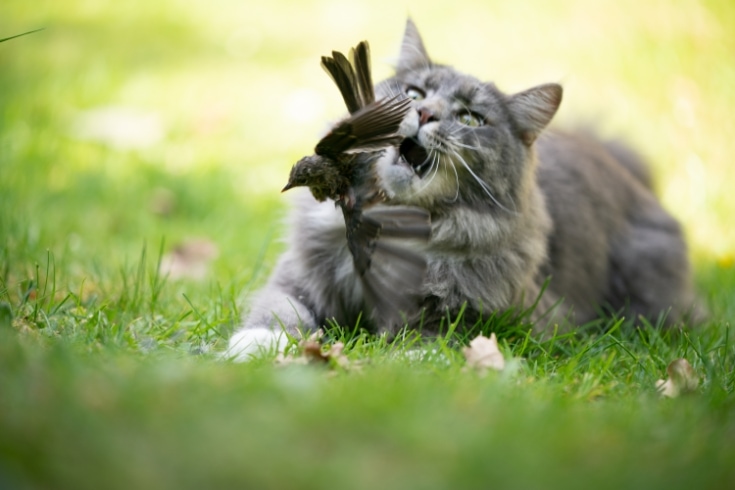

Wild cats can damage local wildlife populations. Cats are skilled hunters, they often take advantage of small birds and mammals, which in some areas has led to the decrease in native species.
Many bird species are already at risk due to other environmental factors. Wild cats add more pressure on these vulnerable populations. They often look for sports, reducing the possibilities of survival of wildlife.
According to CBS newsCats kill 1 to 4 billion birds annually, threatening the native bird populations. Almost a third of the 800 species of American birds face the severe danger or decline due to depredation. Experts highlight the urgent need for conservation efforts to protect vulnerable bird species from greater losses.
This creates an imbalance in the ecosystem, especially in urban environments. Wild life conservationists are working to address this problem. Some cities have implemented programs to limit the impact of wild cats on wildlife.
Why do some animals avoid areas with high populations of wild cats?
Small mammals and birds recognize wild cats as predators and often avoid areas where cats are present. This avoidance behavior can lead to a reduced biodiversity in these regions. Over time, it can also cause imbalances in insect populations and plant life, since fewer small animals contribute to natural ecological processes.
Health risks associated with wild cats
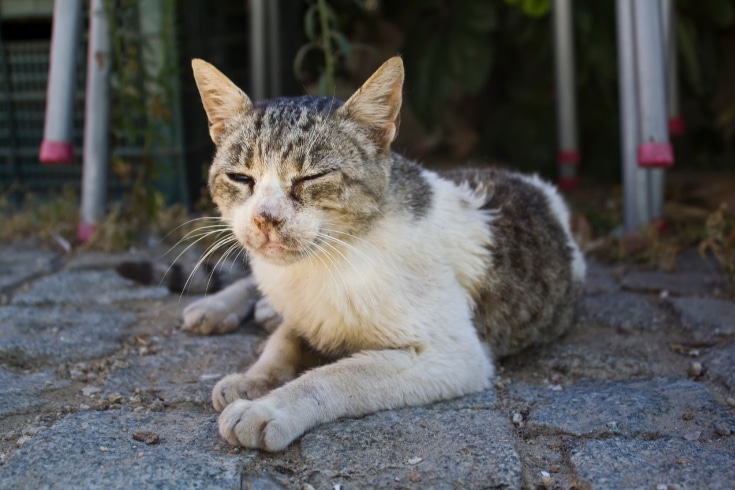

Wild cats can carry several diseases that represent health risks for humans. These cats are often exposed to diseases such as toxoplasmosis and feline leukemia. They can also carry parasites, such as fleas and ticks, which can spread infections.
Wild cats may not show signs of disease, which makes the risks difficult to detect. People who come into contact with these cats can face greater exposure.
Pet owners should ensure that their animals are vaccinated against these diseases. Cities need to raise awareness about the health risks of wild cats, and residents must take precautions when they find them.
Can wild cats contribute to the increase in rabies cases?
Although anger is rare in wild cats, uncompared individuals can become carriers if they are exposed to infected wildlife. Rabbious cats can exhibit aggressive behavior and represent a risk for humans and pets. Regular vaccination programs and wild populations monitoring are essential to minimize the risk of rabies transmission.
Solutions for the management of wild cat populations
Wild cat populations management in cities requires a reflexive approach. One of the most effective methods is Trap-Neuter -ret (TNR), in which wild cats are trapped, castrated and released again in their natural environment.
PETMD points out that the TNR process begins to safely capturing wild cats using a living trap with cat food. After catching, verify whether there is identification or an ear tip indicates the previous sterilization.
If the cat is not treated, transport it to a veterinarian to sterilize or castrate, vaccines and treatment of parasites. Once recovered with adequate care, monitor health problems before returning it to its original environment.
Over time, this helps reduce the amount of wild cats in urban areas. Another option is to educate communities about the ownership of responsible pets. Encourage people to sterilize and castrate their pets can help reduce the amount of cats that end in nature.
Some cities are using adoption programs for reumo cats that can be socialized. These solutions humanly manage the populations of wild cats while minimizing their impact.
What role do community volunteers play in the management of wild cats?
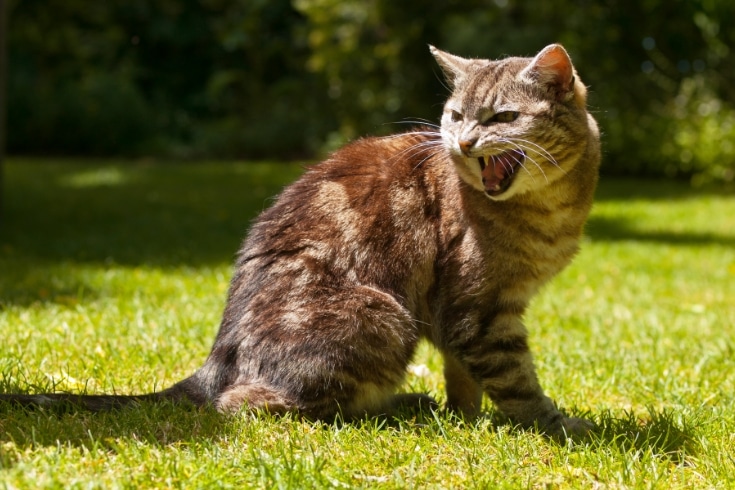

Community volunteers are essential in TNR programs, food stations and cat’s health monitoring. Their efforts help stabilize the populations of wild cats and improve general well -being. Volunteers play a crucial role in the balance of compassion with an effective control of urban wildlife by educating the public and helping in human management.
The emergence of wild cats in cities highlights how human expansion interrupts ecological balance. The management of these populations requires a change in reactive control to the proactive efforts promoted by the community. Instead of short-term solutions, sustainable solutions should focus on human methods such as Trap-Neuter -ret (TNR).
Public education plays a key role in the prevention of future surge in wild cat numbers. Encourage the responsible property of pets can reduce abandonment rates and keep more cats out of the streets. Understanding how wild cats interact with urban ecosystems helps create better management strategies.
Conclusion
The growing phenomenon of wild cats in cities raises significant challenges, including impacts on public health, local wildlife and urban ecosystems. Solutions such as Trap-Neuter -ret (TNR) programs, the education responsible for pet property and community participation are essential to administer and mitigate these problems effectively.
This article underlines the importance of a balanced and human approach to the management of wild cats in urban environments. Let us participate in proactive efforts promoted by the community to address this problem and guarantee a harmonious coexistence between urban development and nature. Join the movement towards sustainable and compassionate solutions for our wild feline friends and the cities that inhabit.
About the author
-

 Cat Facts4 months ago
Cat Facts4 months agoThe Times of the Gatera grass
-

 Cat Facts5 months ago
Cat Facts5 months agoDelicious cat tattoo ideas – Modern cat
-

 Cat Behavior5 months ago
Cat Behavior5 months agoKnow brown cats – Modern cat
-
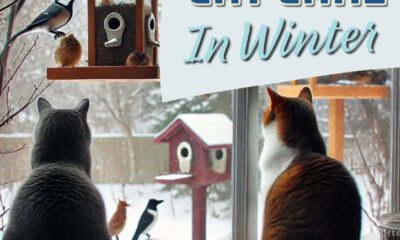
 Cat Behavior4 months ago
Cat Behavior4 months agoGreater Cat Winter Care: Non -Cold Old | Cat wisdom 101 Layla Morgan Wilde
-

 Cat Behavior4 months ago
Cat Behavior4 months agoThe full guide of Cat Cafes in the United Kingdom
-
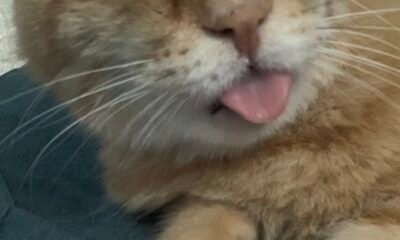
 Cat Facts4 months ago
Cat Facts4 months agoStrange behaviors of explained cats – Cat Behavior Alliance and Carolina Cat Sanctuary
-
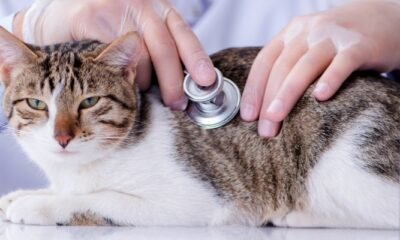
 Cat Facts5 months ago
Cat Facts5 months agoHow Often Do You Take a Cat to the Vet?
-
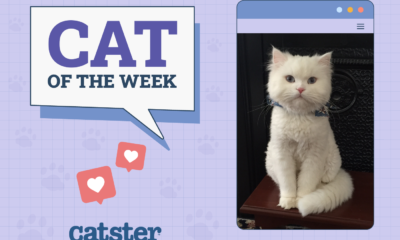
 Cat Facts4 months ago
Cat Facts4 months agoCatster Photo Contest: Winners of the Week of Cats of the Week (March 20, 2025) – Catster
